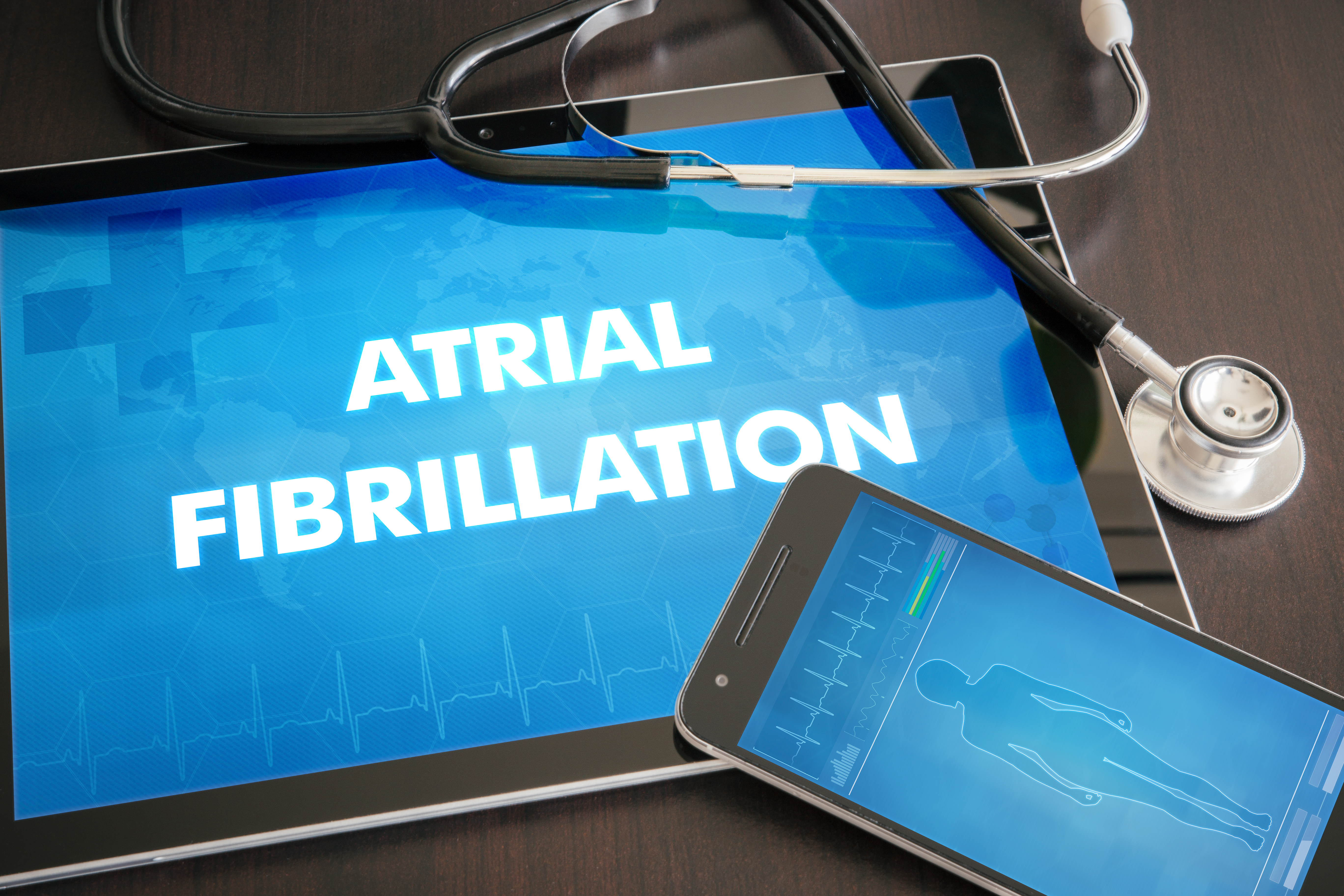Key points:
- PCI is often performed for chronic stable angina, but current evidence is unclear to what extent the benefit is physiologic vs placebo
- This trial compared PCI with placebo-procedure in stable angina patients not on antianginal therapy with primary outcome of angina symptom assessment
- PCI was significantly associated with decreased angina symptoms measured by an angina symptom score compared to placebo
Stable angina secondary to coronary artery disease (CAD) causes patients to undergo percutaneous coronary intervention (PCI) for relief, though it has been historically unclear the extent to which this relief is due to physiologic effects versus a placebo effect. The previous ORBITA trial (Objective Randomized Blinded Investigation with Optimal Medical Therapy of Angioplasty in Stable Angina), a placebo-controlled trial of PCI along with guideline-directed anti-anginal therapy, concluded that PCI showed no significant difference in a primary outcome of time on exercise treadmill. However, the trial investigators argue that this difference may have been due to high doses of anti-anginal therapy, and furthermore, these high doses are not generalizable to clinical practice due to patient intolerance and occasional patient preference for PCI over medical therapy. Rajkumar et al. produced the ORBITA-2 trial to evaluate PCI compared to placebo procedure in stable angina patients not on background antianginal therapy.
This was a multicenter, double-blind, placebo-controlled randomized trial that enrolled patients with all of the following: angina, single or multivessel CAD, and evidence of ischemia (regardless of severity) based on non-invasive imaging or invasive coronary angiography. Patients stopped all antianginal medications and underwent a 2-week symptom assessment phase before randomization Patients were then randomly assigned in a 1:1 ratio to undergo PCI or a placebo procedure and were followed for 12 weeks. They were given a smartphone app to report daily anginal symptoms for 2 weeks, with 24 hour access to the trial team during this period. They then completed both an exercise treadmill test and dobutamine stress echocardiogram; patients were enrolled if they had symptoms during this phase.
Patients then underwent invasive coronary angiography with headphones on for auditory isolation. Lesions with at least 50% stenosis were evaluated invasively using FFR and/or iFR for evidence of ischemia; patients without evidence of ischemia in any target vessel were excluded from the trial. Patients were then sedated and randomized to PCI of lesion versus placebo-procedure. Patients with multivessel CAD had all lesions treated during the procedure. Any new antianginals were stopped, and patients then entered a 12 week randomization phase, once again reporting daily angina symptoms with the previous smartphone app. After this period, patients completed symptom questionnaires and repeat exercise treadmill test and dobutamine stress echo.
Primary endpoint of this trial was angina symptom score, adjudicated by number of anginal episodes and number of antianginals prescribed to that patient, with a higher score representing more angina. Secondary endpoints included angina frequency, new or increased anti-anginal use, treadmill exercise time, severity of angina by physician assessment, physical limitation, anginal stability, and freedom from angina. Out of 923 patients assessed for eligibility, 439 patients were enrolled, with 301 ultimately randomized: 151 to PCI, 150 to placebo. About 80% of patients in both arms demonstrated single vessel disease with similar average invasive lesion assessments for ischemia. The mean age was 64.9 years, and 79% were men.
The trial found that PCI significantly improved angina symptom score compared to placebo (OR 2.21 [1.41, 3.47], p<0.001). Within the primary endpoint, PCI significantly improved angina frequency (OR 3.44 [2.00, 5.91], p<0.001) but did not show significant difference in antianginal use (1.21 [0.70, 2.10], p=0.5). There was not significant difference in acute coronary syndrome (ACS) between groups nor unacceptable angina nor death. PCI further demonstrated improved formal physician assessment of angina severity as well as modified Bruce exercise treadmill time. Lastly, PCI demonstrated significant improvement in multiple secondary outcomes, including angina frequency, physical limitation, and quality of life.
In conclusion, the ORBITA-2 trial is the first to demonstrate that in chronic stable angina with evidence of ischemia without antianginal medication, PCI improved angina symptom score compared to placebo, indicating a better health care status with respect to angina. The investigators argue that PCI should be seen as another first-line evidence-based pathway, along with anti-anginals, and in this sense, reserving PCI to those on maximal anti-anginal therapy may be selecting patients with the least to gain from PCI.




